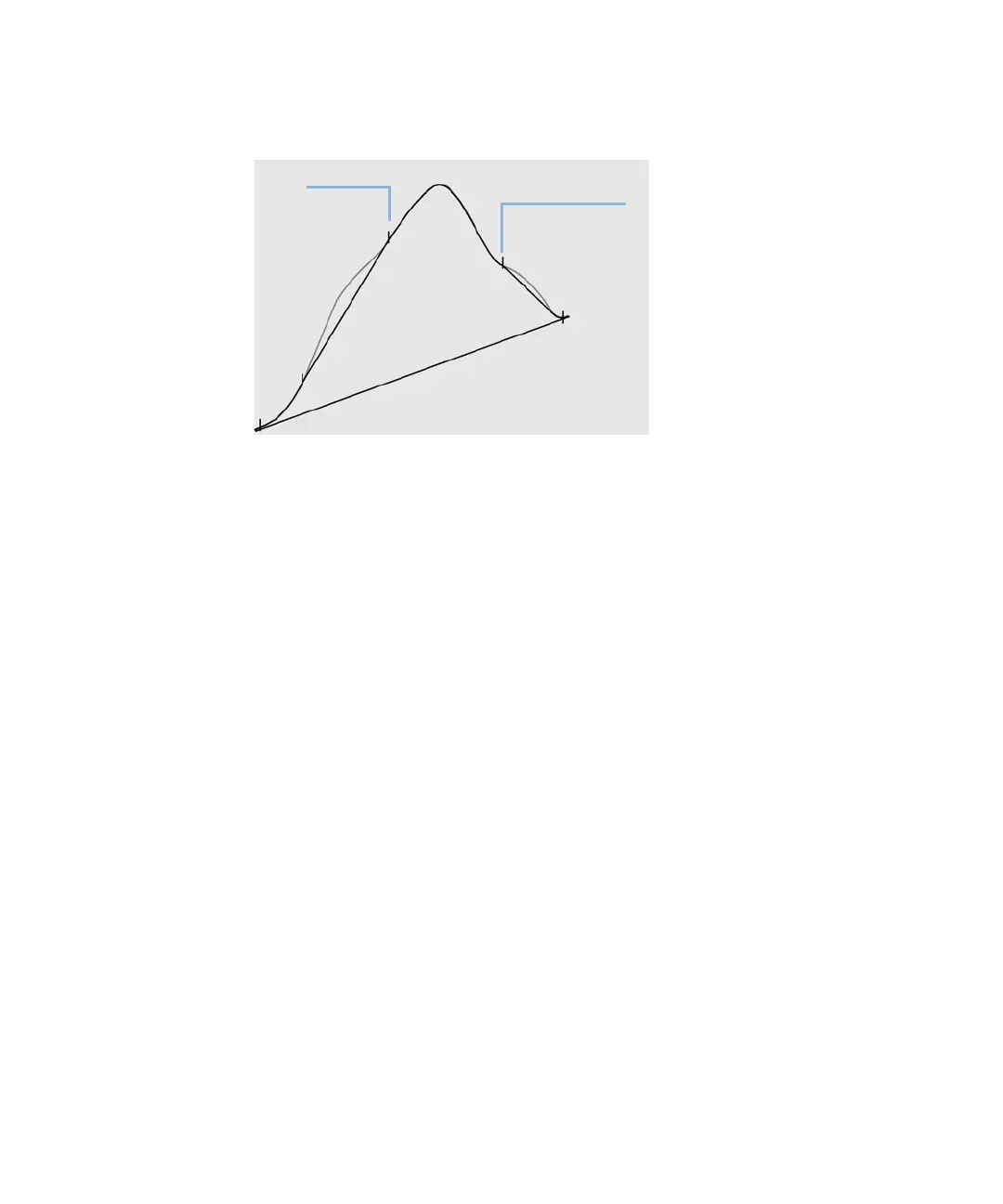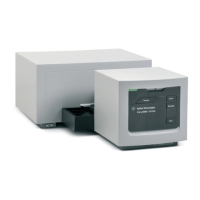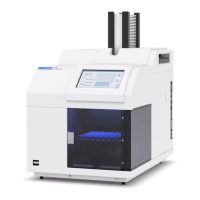88 Understanding Your Agilent ChemStation
4 Integration
Peak Recognition
Figure 10 Peak Shoulders
Shoulders are detected from the curvature of the peak as given by the second
derivative. When the curvature goes to zero, the integrator identifies a point of
inflection, such as points a and b in Figure 10 on page 88.
• A potential front shoulder exists when a second inflection point is detected
before the peak apex. If a shoulder is confirmed, the start of the shoulder
point is set at the maximum positive curvature point before the point of
inflection.
• A potential rear shoulder exists when a second inflection point is detected
before the peak end or valley. If a shoulder is confirmed, the start of the
shoulder point is set at the target point from starting point to curve.
retention/migration time is determined from the shoulder’s point of maximum
negative curvature. With a programmed integration event, the integrator can
also calculate shoulder areas as normal peaks with drop-lines at the shoulder
peak points of inflection.
The area of the shoulder is subtracted from the main peak.
Peak shoulders can be treated as normal peaks by use of an integrator timed
event.
W
V
&*#+.%
&*#**%
&*#)&%

